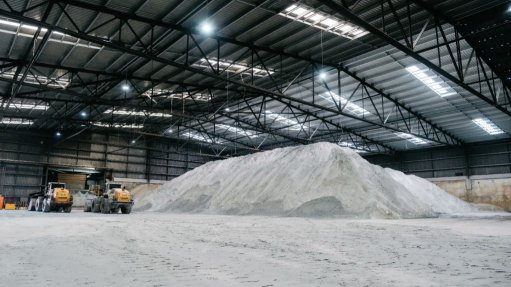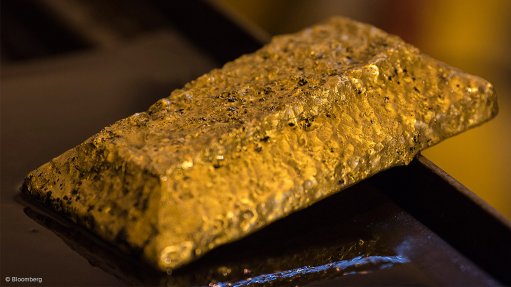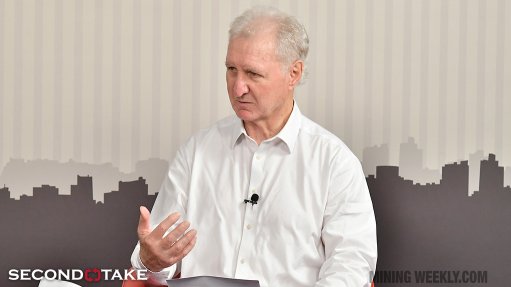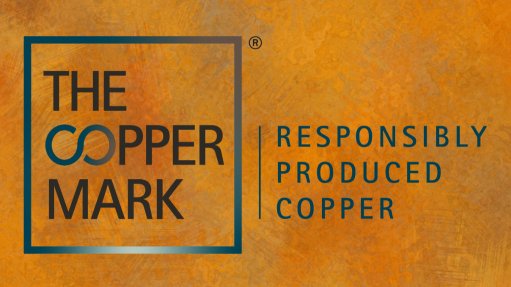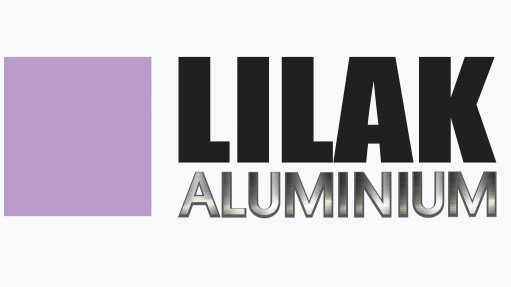High-tech SA firm aiming to revolutionise production of electronic components
A small South African high-technology company is seeking to revolutionise the production of a key category of components for aerospace electronics and radars by using additive manufacturing (more popularly known as three-dimensional, or 3D, printing). The company is NewSpace Systems (a finalist in this year’s Western Cape Chamber of Commerce Exporter of the Year award), which is part of the local, private-sector SCS Aerospace Group. And the components concerned are waveguides. Currently, these are produced using computer numerically controlled (better known as CNC) machines.
The Dictionary of Aeronautical Terms defines a waveguide as a “hollow transmission line through which high-frequency electromagnetic waves are directed”. The Hutchinson Dictionary of Science gives the definition: “hollow metallic tube, either empty or containing a dielectric used to guide a high-frequency electromagnetic wave (microwave) travelling within it. The wave is reflected from the internal surfaces of the guide.” (In turn, a dielectric is “an insulator or nonconductor of electricity . . . Dielectrics . . . reduce dangerously strong electric fields”.)
“Waveguides are just plumbing for the electromagnetic signal,” summed up NewSpace Systems materials engineer and project manager Riddhi Maharaj in her presentation at the recent Aeronautical Society of South Africa 2017 Conference. “They require high-dimensional accuracy, which is dependent on the frequency used. They are extensively used in aviation, space and radar. Telecommunications satellites represent the largest commercial application.”
The project is being executed with the assistance of funding from the Department of Trade and Industry through its Aerospace Industries Support Initiative (AISI), as well as with the company’s own funds. The AISI seeks to increase the global competitiveness of the South African aerospace and defence industries (including through the facilitation of partnerships, the development of relevant industrial capabilities and the transfer of technologies), industrialise technologies, transform the industry and create jobs. AISI projects are managed by the Council for Scientific and Industrial Research (CSIR).
Maharaj pointed out that, currently, there were no titanium 3D printing waveguide manufacturers in Africa and that 3D printing could potentially allow the manufacture of waveguides than were both cheaper and more efficient than those produced using CNC machines. Also, the materials traditionally used to make waveguides were aluminium, copper and bronze, which were heavy. The NewSpace/AISI project was using titanium alloy powder, resulting in lighter products. The objective is to create a new South Africa-based manufacturing method for waveguides. There is a lot of competition in this sector and any attempt to break into it using conventional manufacturing methods would be highly unlikely to succeed, given the existence of established producers in India and China.
The project is currently in Phase 1 and has so far allowed the production of prototype resonators using additive manufacturing. (While waveguides guide electromagnetic energy, resonators confine it; but they both work in the same way.) However, these have suffered from having rough surfaces, so have had to be subjected to further processing, followed by postprocessing treatment, and finally electroplating with copper. The prototypes have then been subjected to structural and radio frequency testing.
“What problems did we have? We had difficulty finding a big enough 3D printer,” reported Maharaj. Ironically, the CSIR has what is currently the world’s biggest 3D printer, the Aeroswift machine (although, reportedly, the Chinese are now building machines as big as, or even bigger than, Aeroswift), but that was fully booked and, thus, unavailable. “We found one at the Central University of Technology, Collaborative Programme in Additive Manufacturing.”
Article Enquiry
Email Article
Save Article
Feedback
To advertise email advertising@creamermedia.co.za or click here
Press Office
Announcements
What's On
Subscribe to improve your user experience...
Option 1 (equivalent of R125 a month):
Receive a weekly copy of Creamer Media's Engineering News & Mining Weekly magazine
(print copy for those in South Africa and e-magazine for those outside of South Africa)
Receive daily email newsletters
Access to full search results
Access archive of magazine back copies
Access to Projects in Progress
Access to ONE Research Report of your choice in PDF format
Option 2 (equivalent of R375 a month):
All benefits from Option 1
PLUS
Access to Creamer Media's Research Channel Africa for ALL Research Reports, in PDF format, on various industrial and mining sectors
including Electricity; Water; Energy Transition; Hydrogen; Roads, Rail and Ports; Coal; Gold; Platinum; Battery Metals; etc.
Already a subscriber?
Forgotten your password?
Receive weekly copy of Creamer Media's Engineering News & Mining Weekly magazine (print copy for those in South Africa and e-magazine for those outside of South Africa)
➕
Recieve daily email newsletters
➕
Access to full search results
➕
Access archive of magazine back copies
➕
Access to Projects in Progress
➕
Access to ONE Research Report of your choice in PDF format
RESEARCH CHANNEL AFRICA
R4500 (equivalent of R375 a month)
SUBSCRIBEAll benefits from Option 1
➕
Access to Creamer Media's Research Channel Africa for ALL Research Reports on various industrial and mining sectors, in PDF format, including on:
Electricity
➕
Water
➕
Energy Transition
➕
Hydrogen
➕
Roads, Rail and Ports
➕
Coal
➕
Gold
➕
Platinum
➕
Battery Metals
➕
etc.
Receive all benefits from Option 1 or Option 2 delivered to numerous people at your company
➕
Multiple User names and Passwords for simultaneous log-ins
➕
Intranet integration access to all in your organisation






